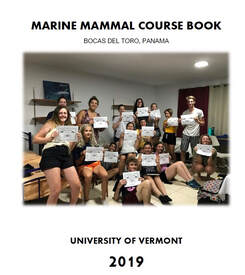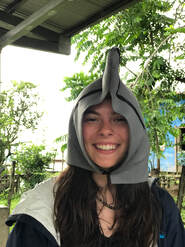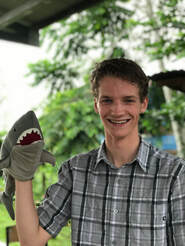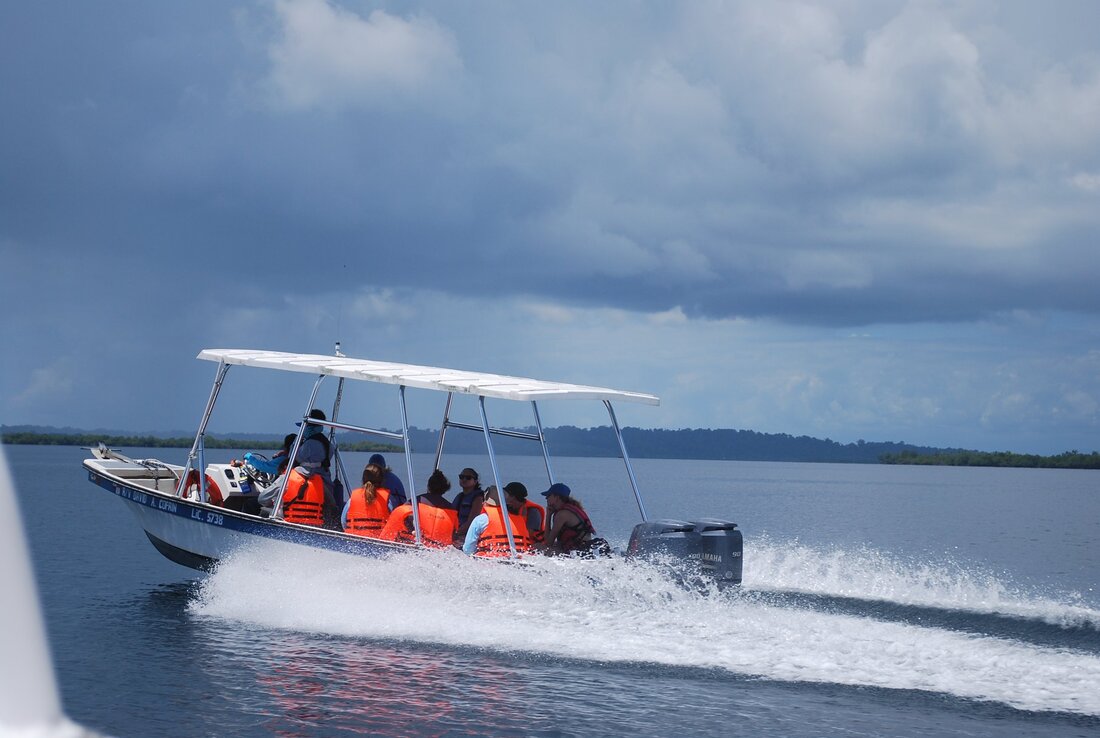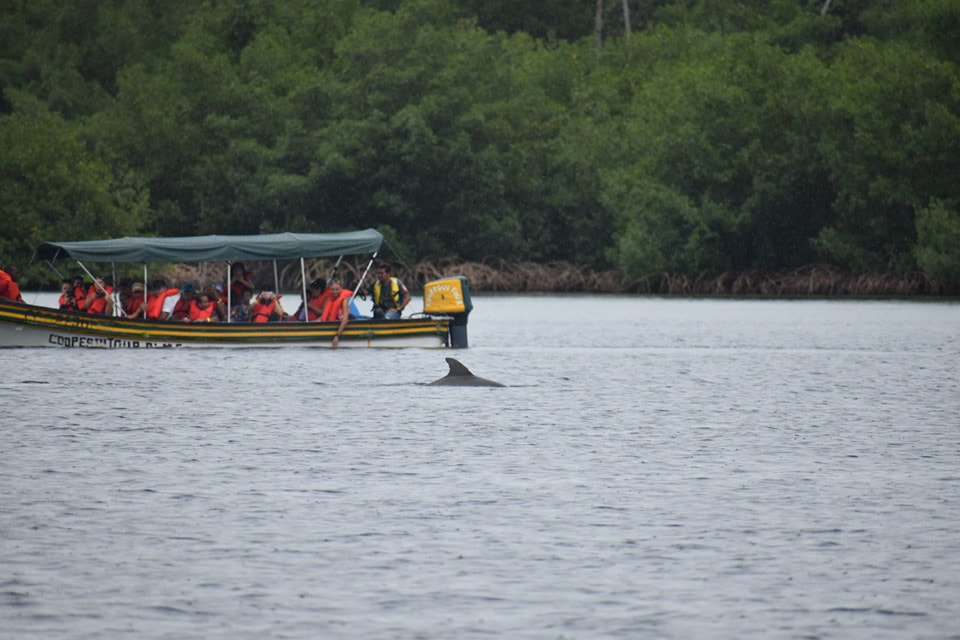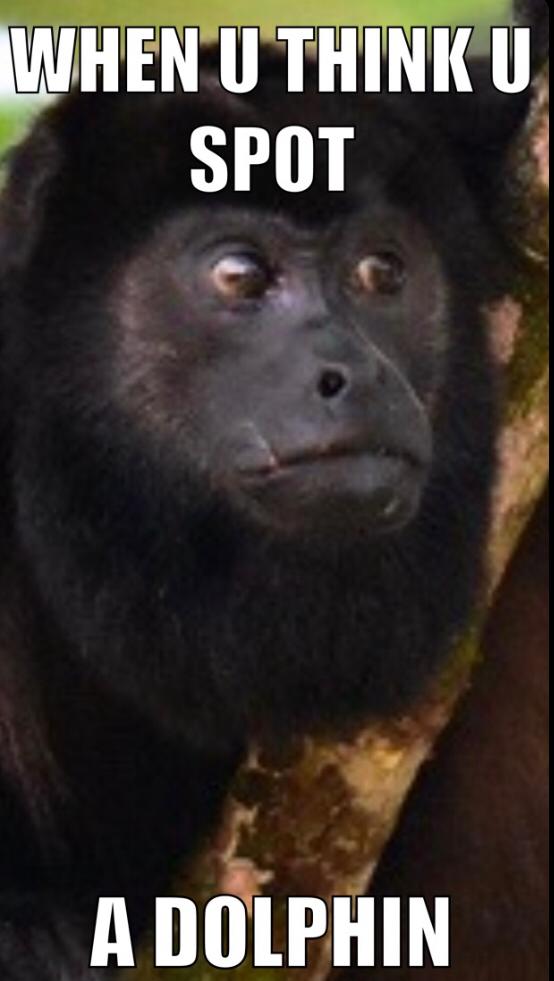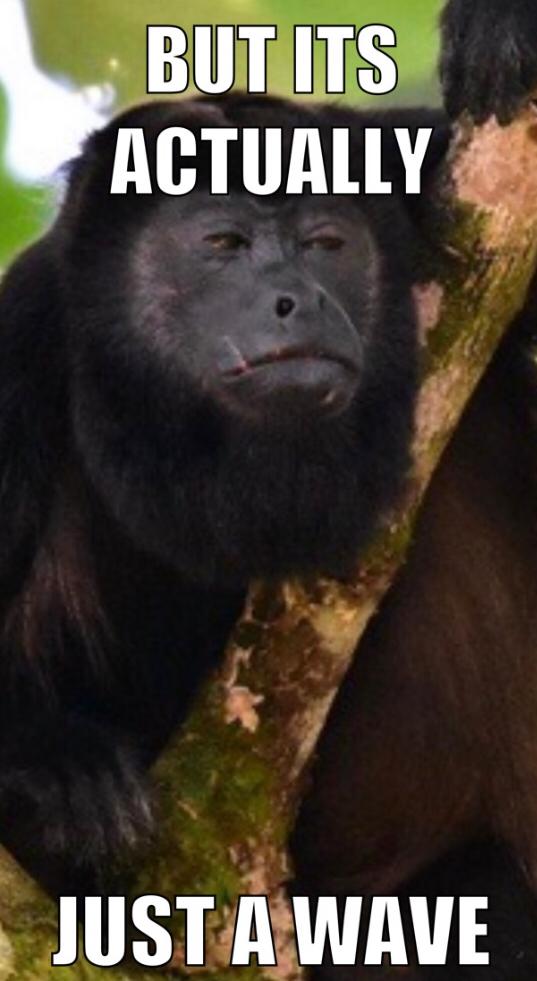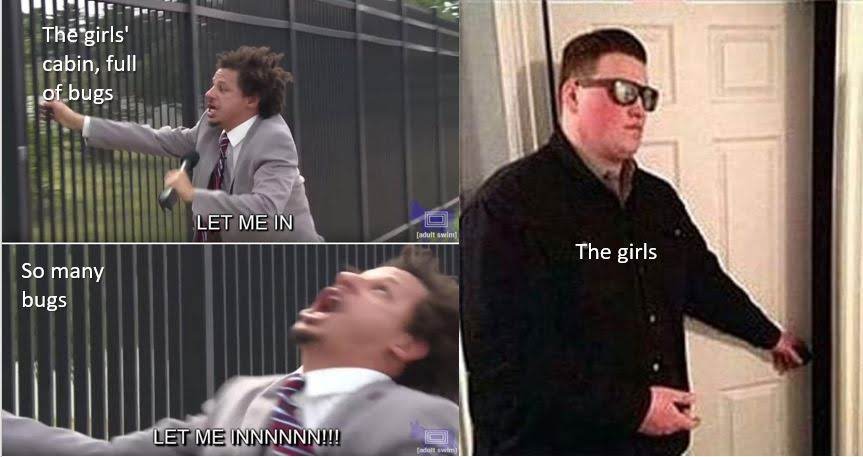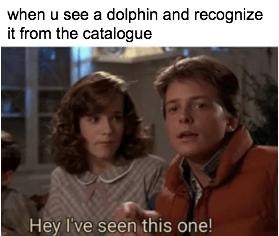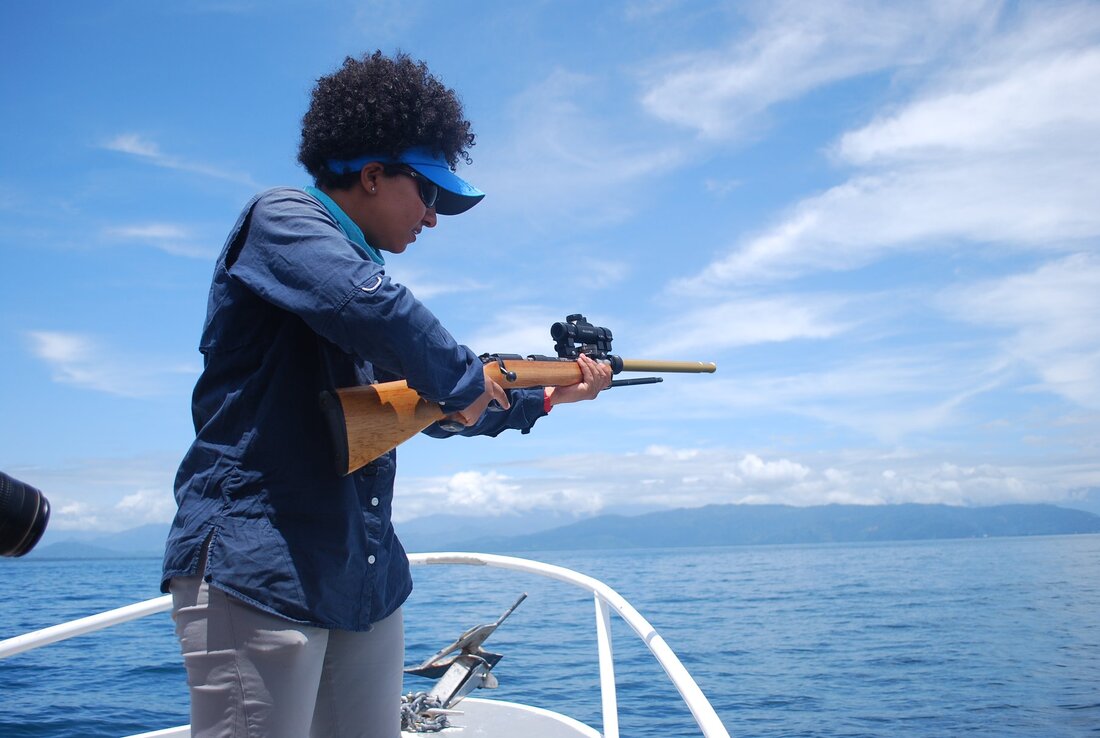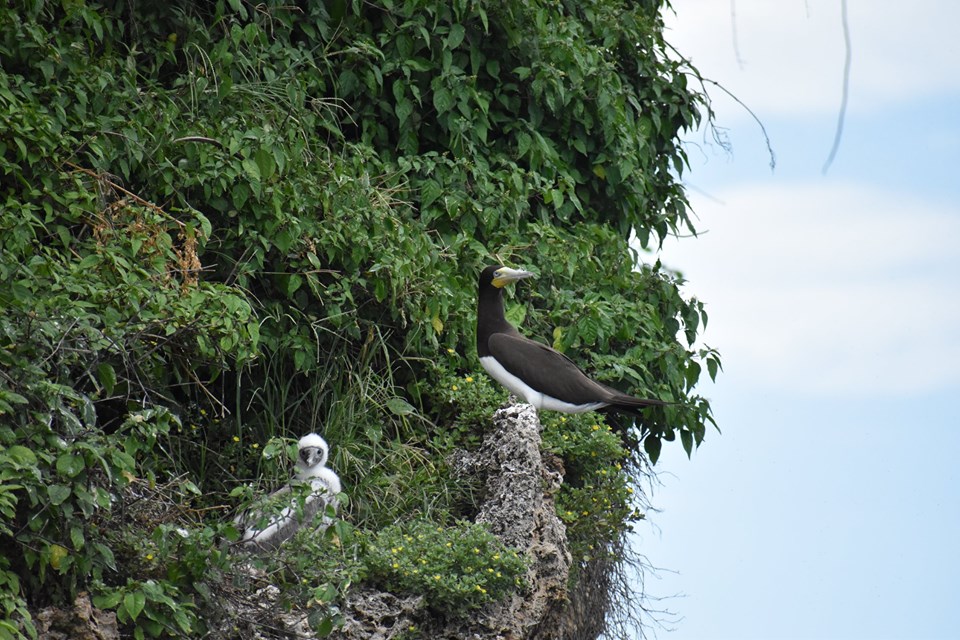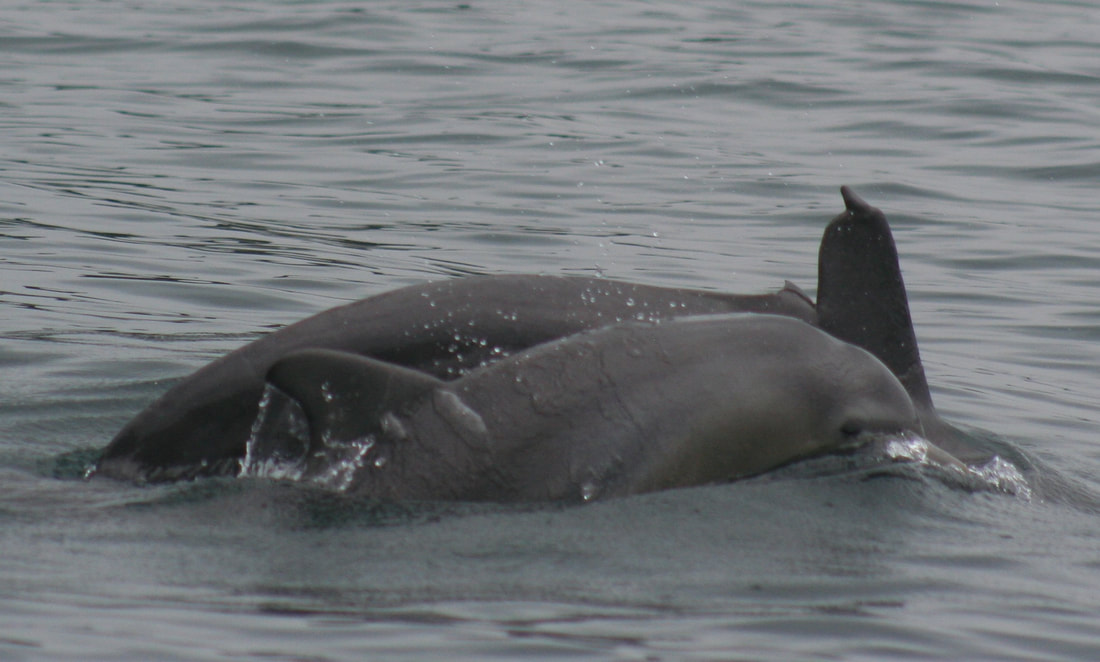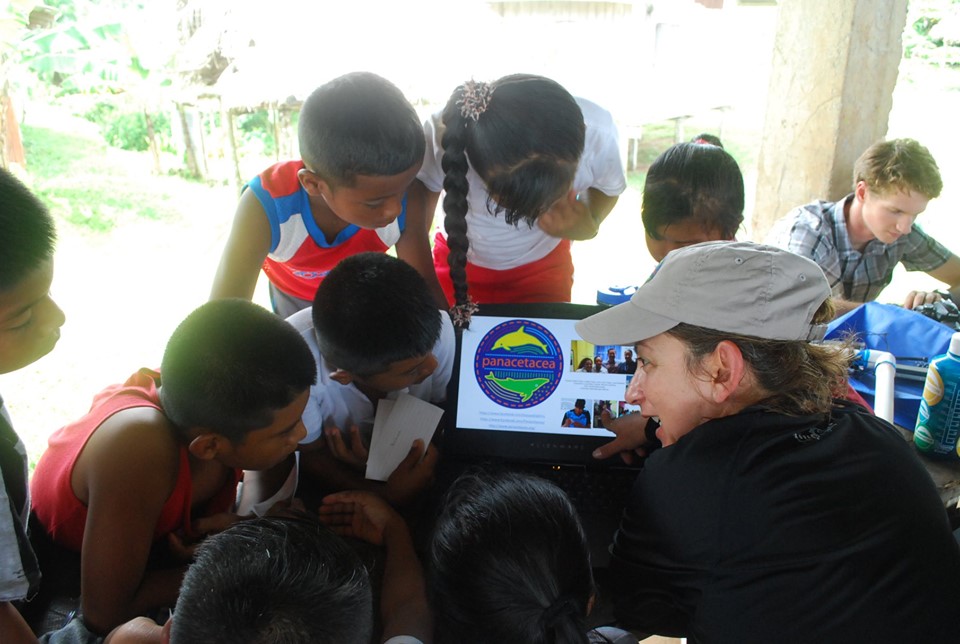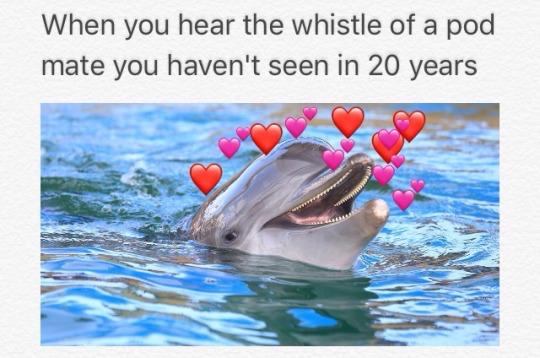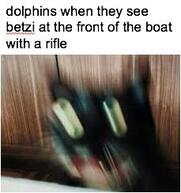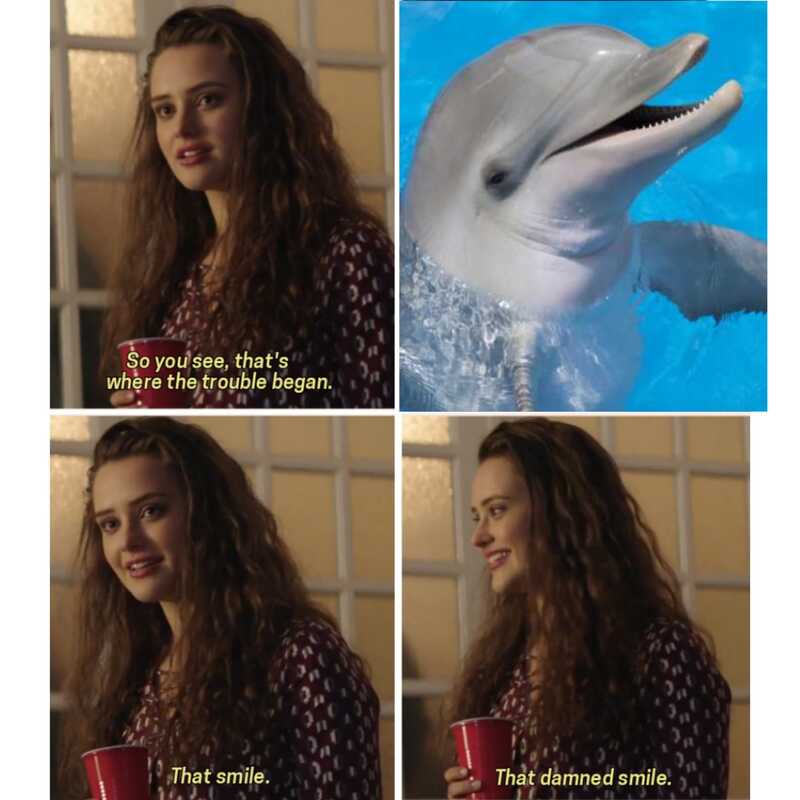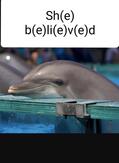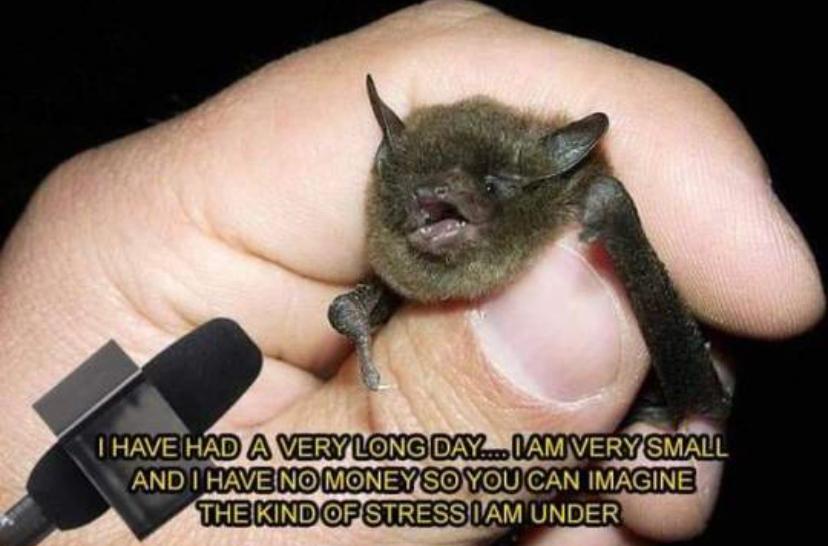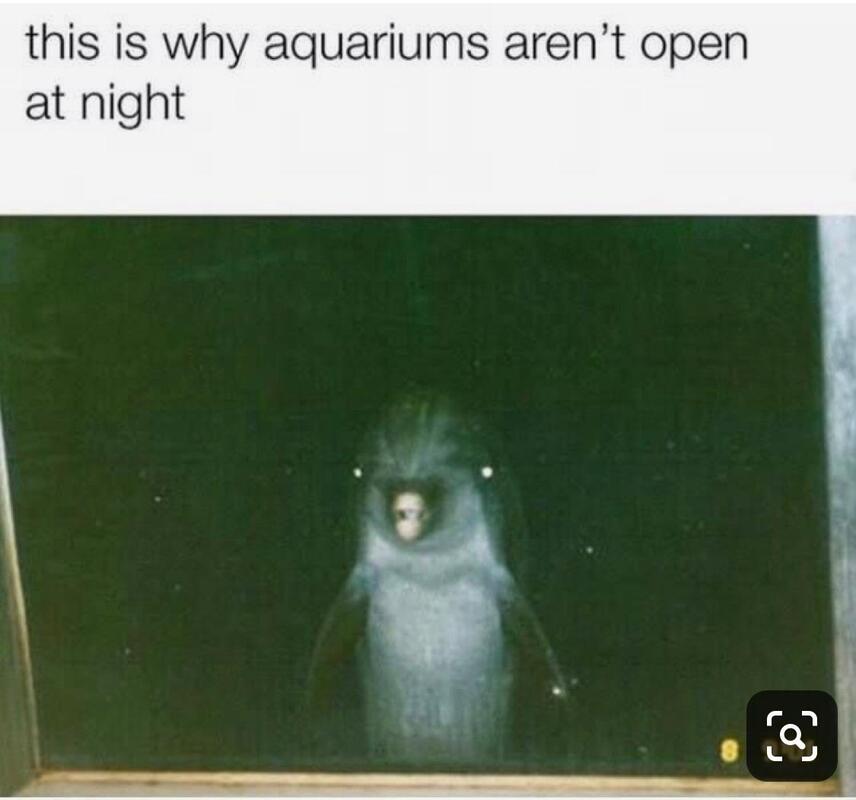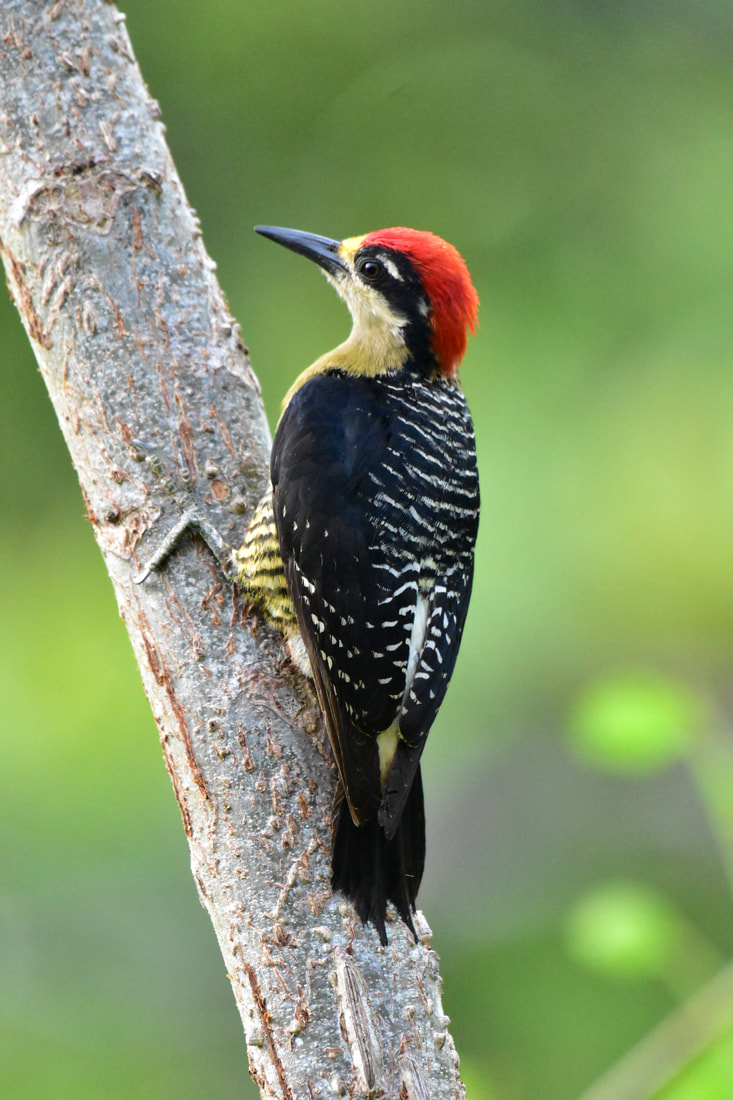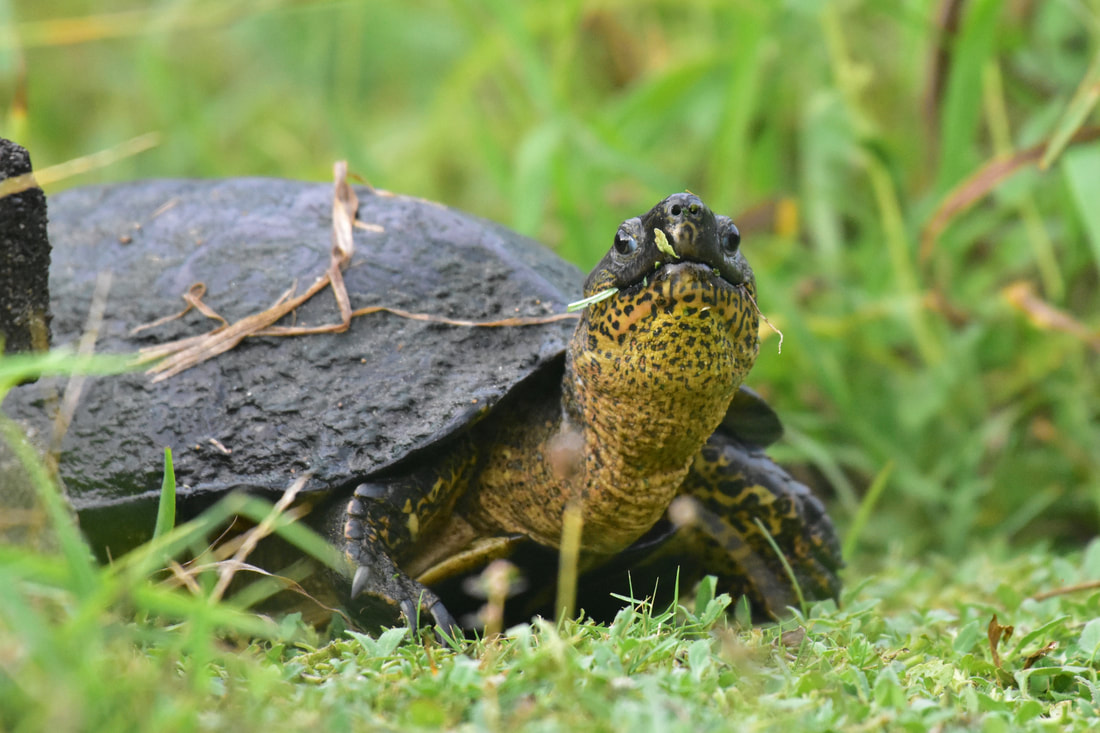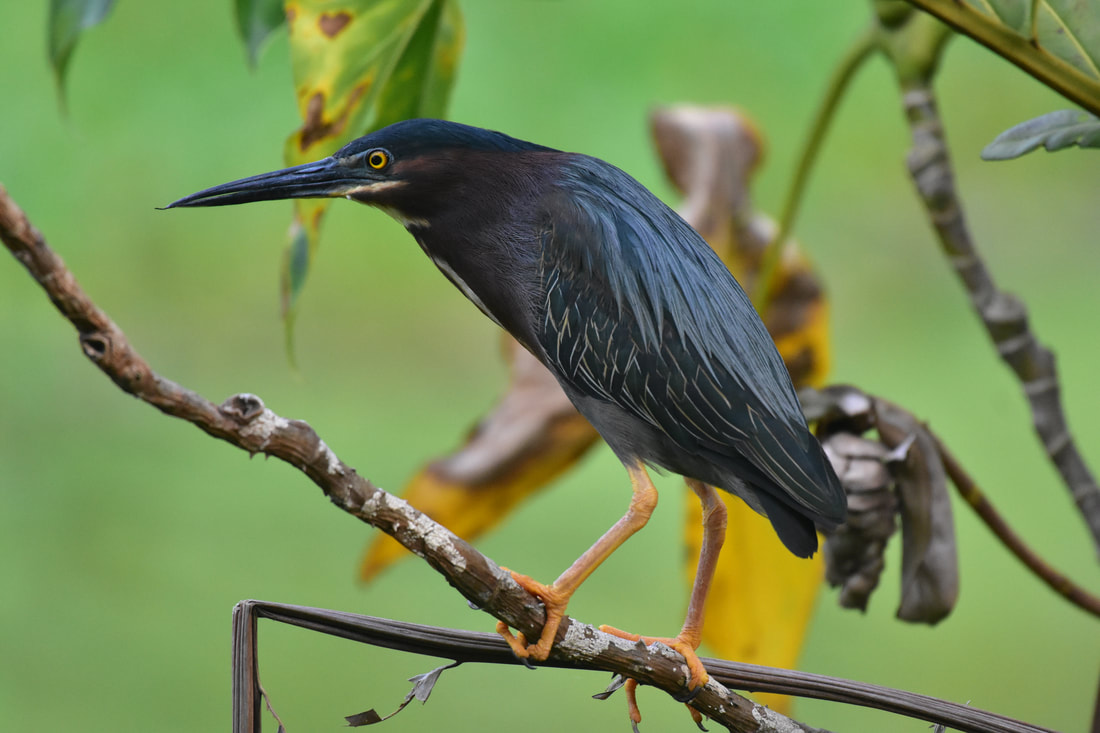Marine Mammal Field Course 2019The goal of this course is to introduce UVM students to the biology of aquatic mammals, their habitats, and the life and conditions of those human communities that rely on them economically. All this is done while they develop their independent research projects on topics ranging behavior, acoustics, spatial analysis, and conservation. Students face the 'real world' of field data collection and learn how to adapt and test their limits. Learn from some our students about their projects and what they bring home from this experience below.
The Dolphin Pod of 2019Interviews by Emma Gimbrere
Daily Posts (photo credit for most photographs to Emma Gimbrere)
|
| Laura J May-Collado, Ph.D. |
|
